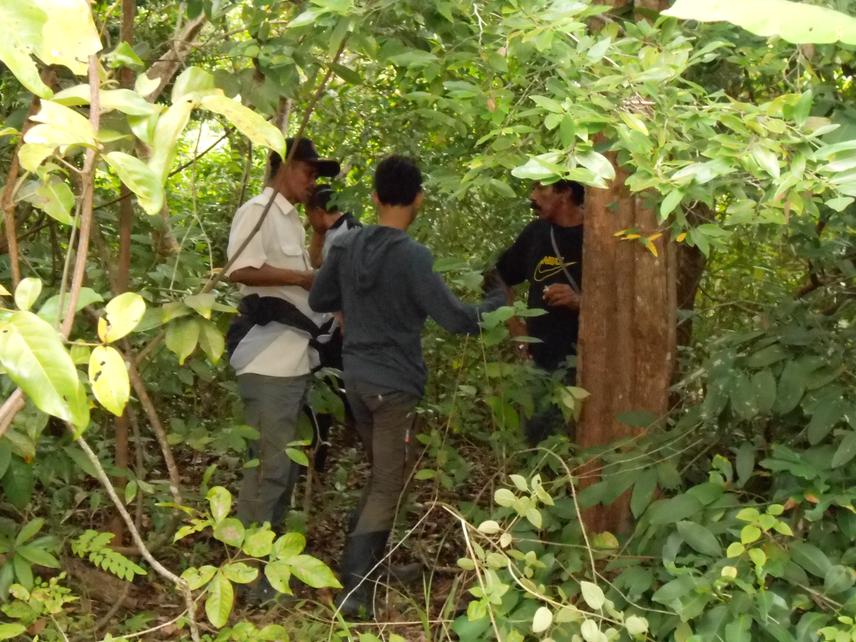Dede Aulia Rahman
Other projects
2 Jun 2017
When Pet Dogs Become Wild, the Effects on the Conservation of Critically Endangered Bawean Deer in Indonesian Tropical Rainforest
This research will investigate the Bawean deer population using camera traps and monitor the activity pattern and growth level of Bawean deer. Additionally, it will be tested with other population estimation method using pellet count and line transect method.

A. Measuring of population density of Bawean deer with camera trap survey, faecal pellet group count and line transect method.
1. Twenty Camera Bushnell HD Max Automatic recording devices will used in November 2013 until November 2014. Surveys will follow the standardised protocol of the Tropical Ecology, Assessment, and Monitoring Initiative. The surveys camera stations regularly distributed every about 0,7 and 1 km respectively, within the 200 km2 of the study area. Cameras mounted on tree at an average height of 35-40 cm. Each camera will be programmed to operate 24 hours/day.
2. Faecal pellet group count studies will be conducted by systematic sampling. In January until June 2014, we will select a random point location at which to establish a set of square plots, evenly spaced 500 m apart (north/south and east/west). These will be used to apply the two quantification methods: FSC, FAR. We will mark 35 square plots in study area. We selected a plot size of 7 x 7 m2 for the pellet counts and counted all pellet groups within each plot. Since the FAR method employs an estimate of pellet group accumulation between two points in time, we will identify and mark the pellet groups in the square plots in order to quantify the new groups found after 30 days. During this survey, the time necessary to count pellet groups in square plot methods will be recorded and information of ageing of pellet will collected to measure a faecal decay rate in wet until dry season.
3. Line transect method will be conducted in patrol routes used by officers of the Ministry of Forestry, using distance sampling to estimate population abundance of Bawean deer.
B. Observation of activity pattern and growth level of Bawean deer
1. Observation/monitoring of activity pattern and growth level of Bawean deer will be conducted directly and indirectly using camera traps.
C. The indication of habitat use will be recorded by GPS and mapped by Arc GIS.